Brief Summary
This course dives into the buzz around Mars, the 1938 broadcast of 'The War of the Worlds' by Orson Welles, and the wild panic it caused. You'll explore how this famous radio drama shaped public perception and left a lasting legacy in media history.
Key Points
-
19th century fascination with Mars and speculation about life.
-
H. G. Wells and the influence of science fiction.
-
Orson Welles' 1938 broadcast of 'The War of the Worlds'.
-
Panic caused by the broadcast and its effects on communication.
-
Legacy and cultural impact of the radio program.
Learning Outcomes
-
Explain how views of Mars and trust in radio news contributed to the effectiveness of the broadcast.
-
Understand the public's reactions to the panic caused by the broadcast.
-
Provide an overview of the historical context surrounding the event.
-
Access original broadcast materials and links.
-
Discuss the long-term impact of 'The War of the Worlds' on media and society.
About This Course
A Short Course Overview of the Background, Event, Panic and Legacy
In the 19th century, the planet Mars became the darling of astronomers, and there was a lot of speculation about life on Mars. Science fiction writers like H. G. Wells picked up on this, so that Mars became the origin of many hostile invasions in literature and the emerging electronic media in the 20th century. This media included radio, which by 1938 had become an important source of both entertainment and news. The overseas news bulletins were especially esteemed because they brought up-to-the-minute news concerning the growing threat of a major war because of militant leaders in Japan, Germany and Italy. Many were saying that America would be drawn in to such an awful conflict.
Orson Welles, always working to increase the ratings of their Mercury Theater, decided to adapt H. G. Wells’ novel “The War of the Worlds” to their present time, using special news bulletins to draw the audience into the spreading invasion. Our society could hardly have been primed better for the effectiveness of this broadcast.
Many tuned in to the broadcast after the introduction, and became convinced through those news bulletins that America was being invaded by powerful aliens from Mars. The resultant panic choked communication lines and befuddled city and police officials. This class will provide a broad introduction to the broadcast, links to listen to or read the original broadcast, and a survey of the reactions across this nation and Canada. A final section will consider the legacy of the radio program and a conclusion.
There are supplemental documents that provide recommended resources, and a final bibliography in APA format. The course comprises 6 Sections, with approximately an hour and a half of video storytelling, and links to the listen to or read the original play (approximately 45 minutes). Students should be able to complete the course in about 2 hours and 15 minutes.
Course Goal: By the end of this course, you should be able to intelligently provide an overview of the background and events (including the panic responses) concerning the Mercury Theater’s 1938 production of The War of the Worlds.
Objective 1. By the end of this course, you should be able to explain in broad, outline fashion, how the popular sinister views of the planet Mars, along with the absolute trust Americans possessed concerning the radio news programs, contributed together to make the 1938 broadcast of “The War of the Worlds” especially convincing.
Objective 2: By the end of this course, you should be able to explain how persons reacted who believed the radio program to be true.


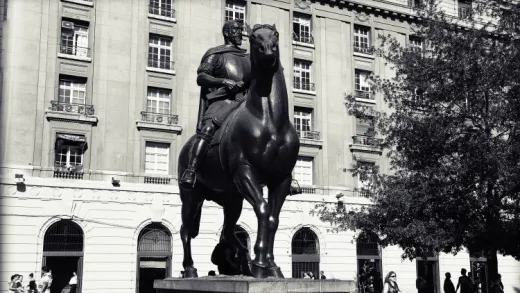
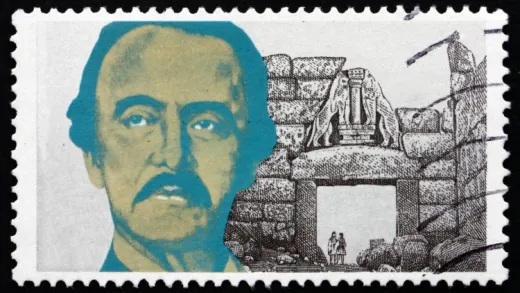
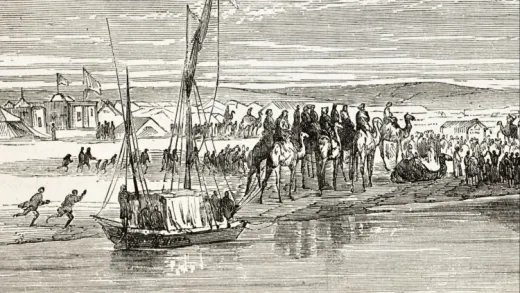

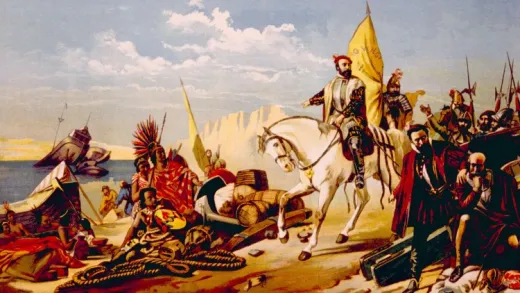
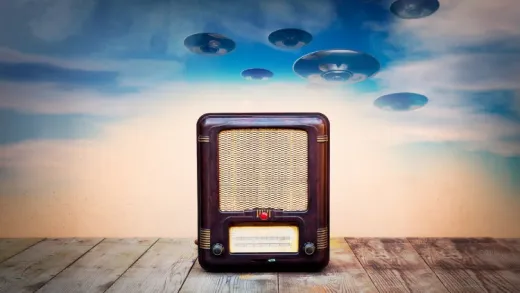

Robert Q.
Great History . Interesting to see the same broadcast has different impact to different culture . Good lesson